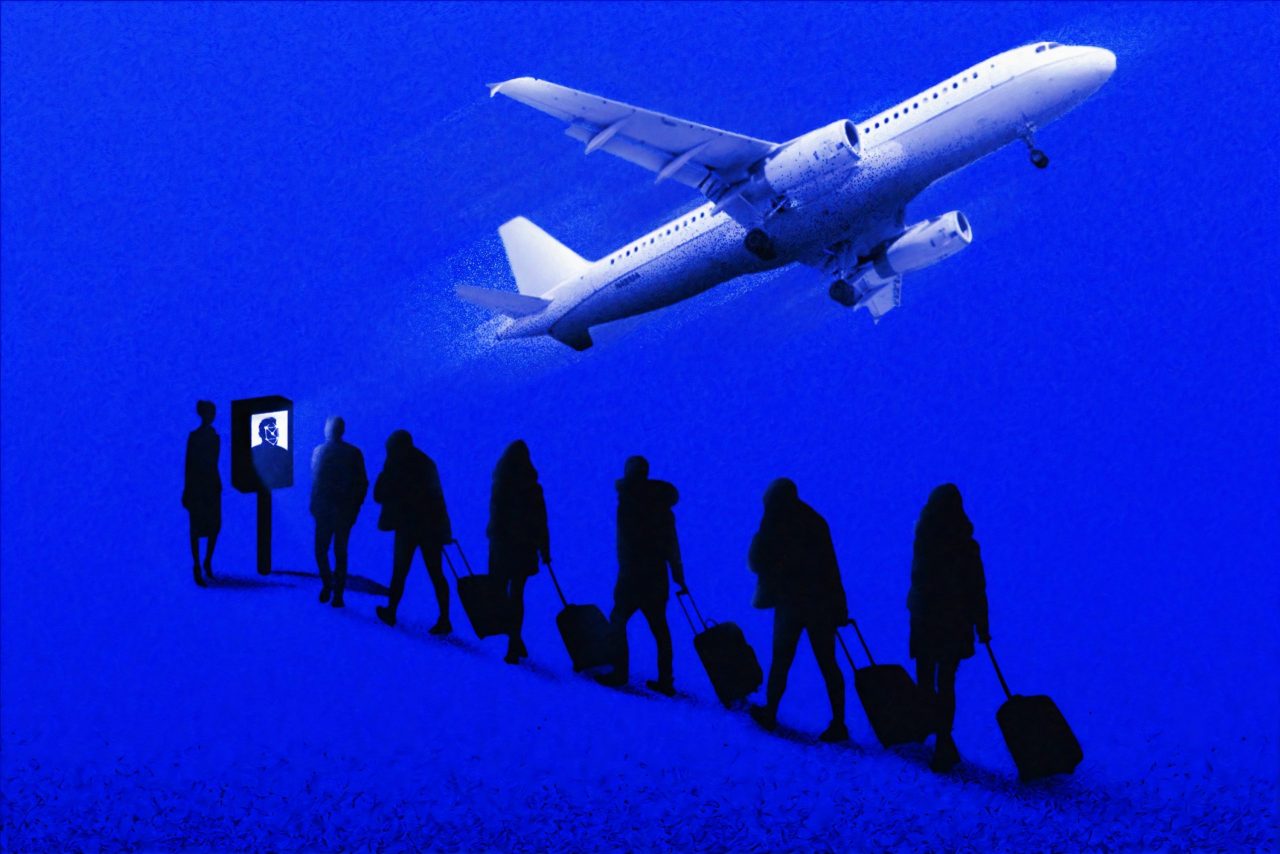Under a revised request for proposal for India’s controversial Automated Facial Recognition System, the deployment of the surveillance tool will neither involve the installation of CCTV cameras nor will it connect to any existing CCTV camera anywhere. In turn, the new solution will now need to have “interfacing ability to analyse data on images/visuals on crime and criminals from various sources”. The AFRS is a centralised web application, and is expected to be the foundation for “a national level searchable platform of facial images”. The National Crime Records Bureau — the agency which has been tasked to deploy the AFRS — released the revised RFP last week, after about 3 months it started reworking it. Along with releasing the revised RFP, the Bureau also postponed the deadline to submit bids — for the ninth time — to August 6, and has scheduled a pre-bid meeting with prospective bidders on July 13. The revised document, however, still did not clarify if such surveillance systems are even legal to deploy — a significant omission, because the NCRB had last year justified AFRS’ legality based on a 2009 cabinet note alone. The new RFP has added police forces from Union Territories and “law enforcement agencies” as stakeholders of the project, apart from state police forces, MHA, and NCRB. The old RFP had MHA, NCRB and state police forces as the stakeholders. The AFRS hardware (servers etc.) will now be located at more places — it will be stored at NCRB’s data centre in…





























